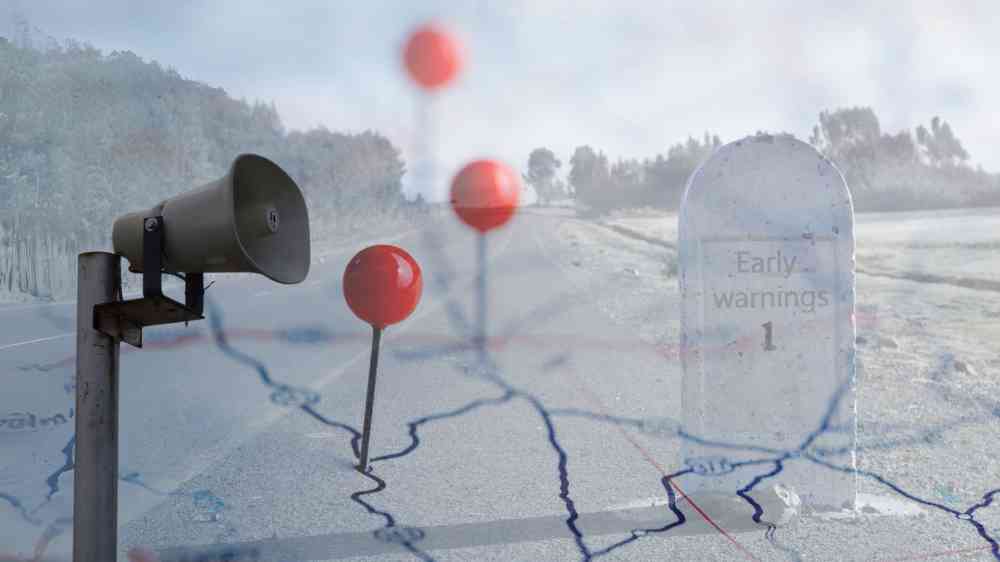
Fiji's early warning system is set for an upgrade with the handover of seismic monitoring equipment to the Mineral Resources Department (MRD). This advancement will enhance the country's ability to issue timely warnings for seismic events, substantially reducing risks to life and property across Fiji and the broader Pacific region.
The equipment handover by the Pacific Community (SPC) is part of the national allocation for the second phase of the Building Safety and Resilience in the Pacific (BSRP II) project. Funded by the European Union (EU) in collaboration with the Organisation of African, Caribbean and Pacific States (OACPS), the project aims to strengthen disaster resilience and climate adaptation efforts in the region.
The Ministry of Lands and Mineral Resources Permanent Secretary, Dr. Raijeli Taga, at the handover event said, "This equipment significantly enhances our Seismology Unit's capabilities to interpret seismic data, identify trends, and anomalies. As the official tsunami warning focal contact, we work closely with international bodies like the Intergovernmental Oceanographic Commission and the Pacific Tsunami Warning and Mitigation System."
She added, "This new technology ensures our compatibility with the Global Tsunami Warning System, strengthening our ability to protect lives and infrastructure across Fiji and the broader Pacific region."
The new hardware and GEMPA Dissemination software are expected to have far-reaching impacts, improving the dissemination of seismic alerts to relevant stakeholders, including emergency response agencies, government authorities, and the public. This ensures that timely information reaches the appropriate parties, facilitating prompt and effective responses to seismic events.
The SPC Director for the Geoscience, Energy and Maritime Division, Ms. Rhonda Robinson, highlighted the regional benefits of this increased capacity of Fiji's MRD.
"The acquisition of the hardware and software for seismic early warning is a direct request from the Fiji Government to enable real-time alerts and notifications for seismic events."
She added, "This investment contributes to the commitments of the Pacific DRM Ministers in 2022 to ensure that people and communities would be protected through end-to-end multi-hazard early warning systems. We will continue to work together to strengthen disaster preparedness and response capability and reiterate our gratitude to the Ministry of Lands and Mineral Resources in trusting us to work with you and to the European Union for the financing to realise the ambition of leaving no one behind."
While earthquakes are the most frequent seismic events in the region, volcanic eruptions, though less common, have also occurred. The Hunga Tonga--Hunga Haʻapai eruption on January 15, 2022, dubbed the largest eruption of the 21st century, serves as a reminder of the diverse seismic risks in the Pacific.
Fiji, situated in a relatively quiet seismic area, is surrounded by the Pacific "ring of fire," which aligns with the boundaries of the tectonic plates. These boundaries are extremely active seismic zones capable of generating large earthquakes and, in some cases, powerful tsunamis that can travel long distances. Local faults can also generate damaging earthquakes from time to time.
This significant enhancement of Fiji's seismic capabilities represents the government's ongoing commitment to maintaining the seismic network and tsunami warning centre, benefiting not only Fiji but strengthening the entire region's resilience against seismic threats.
The BSRP II project is implemented in 15 Pacific Island countries, which include: Cook Islands, Federated States of Micronesia, Fiji, Kiribati, Marshall Islands, Nauru, Niue, Palau, Papua New Guinea, Samoa, Solomon Islands, Timor Leste, Tonga, Tuvalu and Vanuatu.